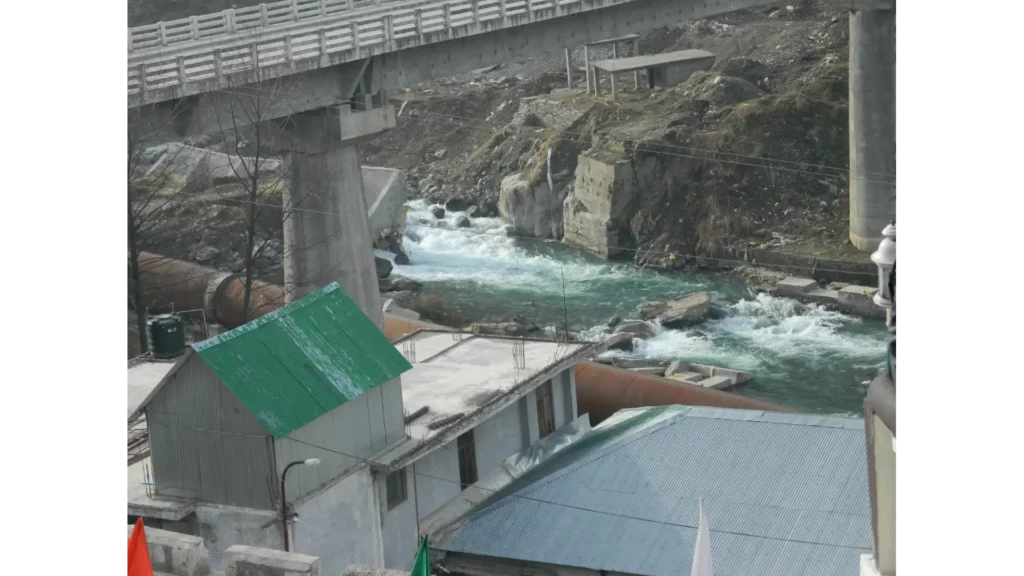In an era where sustainable energy solutions are paramount, micro hydro energy systems emerge as a beacon of hope.
With their ability to harness the natural flow of water to generate electricity, these systems represent a reliable and eco-friendly alternative to traditional energy sources.
In this comprehensive guide, we delve into the intricacies of micro hydro energy systems, exploring their benefits, components, installation of micro hydro, and environmental impact.
Understanding Micro Hydro Energy Systems
Micro hydro energy systems, also known as micro-hydroelectric power systems, are small-scale hydroelectric systems designed to generate electricity using the kinetic energy of flowing water.
Unlike large-scale hydroelectric dams, which require massive infrastructure and alteration of natural waterways, micro hydro systems are typically installed on small rivers, streams, or even irrigation canals.
Benefits of Micro Hydro Energy Systems
- Renewable Energy Source: Micro hydro systems utilize the natural flow of water, making them a renewable energy source that doesn't deplete finite resources.
- Low Environmental Impact: Compared to fossil fuel-based energy generation, micro hydro systems have minimal environmental impact, producing no greenhouse gas emissions or pollution.
- Reliable Power Generation: Micro hydro systems can provide a consistent and reliable source of electricity, especially in areas with reliable water flow.
- Off-Grid Capability: Micro hydro systems can operate independently of the grid, making them ideal for remote or off-grid locations where access to traditional power sources is limited.
- Long Lifespan: With proper maintenance, micro hydro systems can have a lifespan of 50 years or more, providing long-term energy solutions.

Exploring Small Hydro Energy: An Alternative Approach
In the realm of renewable energy, small hydro energy presents itself as a promising alternative for sustainable power generation.
Small hydro energy systems, much like their micro hydro counterparts, harness the natural flow of water to generate electricity on a smaller scale. While micro hydro systems typically refer to installations with a capacity of up to 100 kilowatts, small hydro energy systems can extend beyond this threshold, reaching capacities of up to several megawatts.
Despite their larger size, small hydro energy systems still embody the principles of efficiency, minimal environmental impact, and reliability inherent in all hydroelectric technologies.
Components of Micro Hydro Energy Systems
- Intake Structure: The intake structure captures water from the source (river, stream, or canal) and directs it towards the turbine.
- Turbine: The turbine converts the kinetic energy of flowing water into mechanical energy, which is then used to drive a generator to produce electricity.
- Generator: The generator converts the mechanical energy from the turbine into electrical energy, which can be used to power homes, businesses, or other electrical devices.
- Control System: The control system regulates the flow of water to the turbine to maintain optimal power generation and prevent damage to the system.
- Transmission System: The transmission system delivers the generated electricity to where it is needed, whether it's a nearby building or the electrical grid.
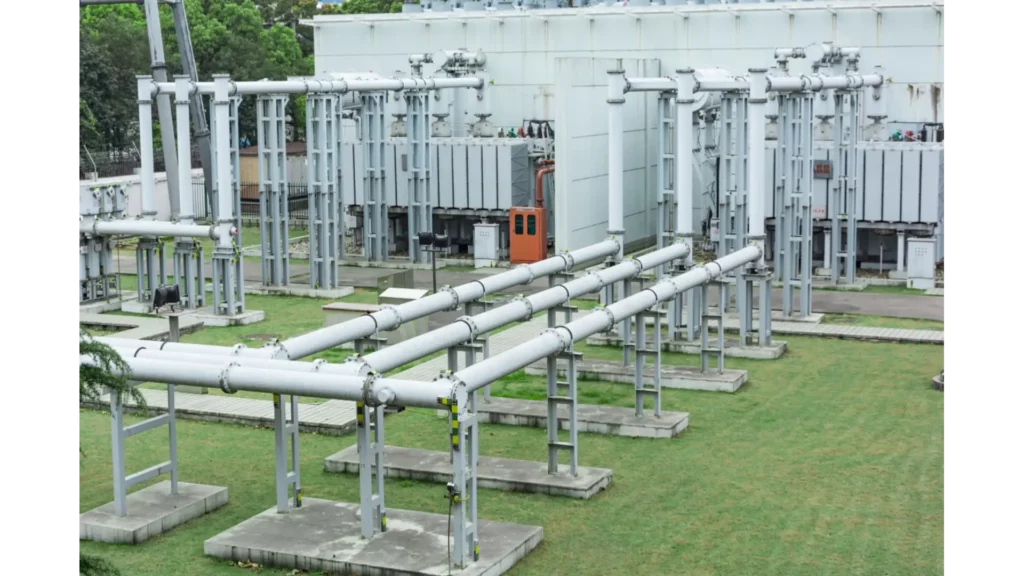
Installation Process of Micro Hydro Energy Systems
- Site Assessment: Before installation, a thorough site assessment is conducted to evaluate the water source, terrain, and potential environmental impact.
- Permitting and Regulations: Depending on the location and scale of the project, permits and regulatory approvals may be required from local authorities and environmental agencies.
- System Design: The micro hydro system is designed based on the site assessment, taking into account factors such as water flow, head height, and energy demand.
- Installation of Components: Once the design is finalized, the intake structure, turbine, generator, control system, and transmission system are installed according to specifications.
- Testing and Commissioning: After installation, the system undergoes testing and commissioning to ensure that all components are functioning properly and generating electricity efficiently.
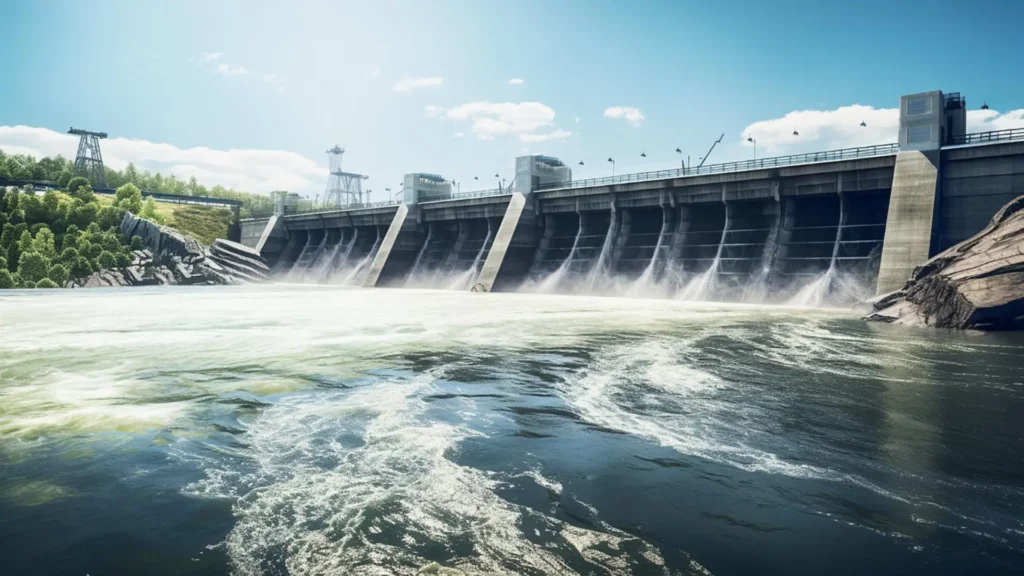
Environmental Impact of Micro Hydro Energy Systems
Micro hydro energy systems have several environmental benefits, including:
- Minimal habitat disruption: Unlike large-scale hydroelectric dams, micro hydro systems have minimal impact on aquatic habitats and wildlife.
- Low carbon footprint: Micro hydro systems produce clean electricity without emitting greenhouse gases, helping to mitigate climate change.
- Water conservation: Micro hydro systems utilize the natural flow of water without consuming it, promoting water conservation and ecosystem health.
- Biodiversity Preservation: Their small-scale nature reduces habitat destruction, preserving diverse aquatic life without obstructing migration routes.
- Sediment Management: Micro hydro systems allow sediment to pass through freely, maintaining riverbed stability and preventing downstream erosion.
- Adaptability to Climate Change: They offer a resilient energy solution, less susceptible to weather fluctuations compared to solar or wind power, while also mitigating climate change impacts.
The Future of Micro Hydro Energy Systems
As we look to the future, micro hydro energy systems are poised to play a significant role in the global transition towards sustainable energy solutions.
Advancements in technology, coupled with increasing awareness of environmental issues, are driving innovation and expanding the potential applications of micro hydro systems. Here are some key trends shaping the future of micro hydro energy:
- Technological Advancements
Continued research and development are leading to advancements in turbine design, control systems, and materials, resulting in more efficient and cost-effective micro hydro systems.
Innovations such as low-head turbines and smart grid integration are improving the performance and reliability of micro hydro installations.
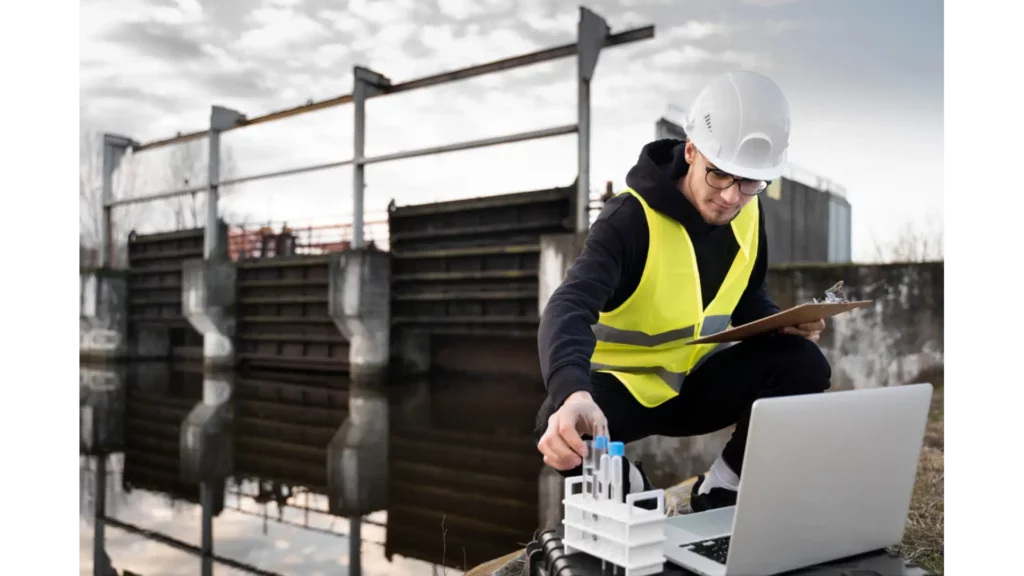
- Miniaturization and Modularization
The trend towards miniaturization and modularization is making micro hydro systems more accessible and adaptable to a wider range of settings.
Smaller, modular components allow for easier installation and scalability, enabling micro hydro systems to be deployed in diverse environments, from rural communities to urban areas.
- Hybrid Systems
The integration of micro hydro systems with other renewable energy technologies, such as solar and wind power, is gaining traction as a way to enhance reliability and optimize energy generation.
Hybrid systems can leverage complementary energy sources to overcome intermittency and variability, providing a more stable and consistent power supply.
- Community-Based Projects
Community-based micro hydro projects are empowering local communities to take control of their energy production and reduce reliance on centralized utilities.
These projects foster community ownership, promote economic development, and strengthen resilience against energy disruptions and climate change impacts.
- Environmental Sustainability
Future developments in micro hydro technology will continue to prioritize environmental sustainability, with a focus on minimizing habitat disruption, enhancing fish passage, and optimizing water resource management.
Innovative approaches, such as fish-friendly turbines and ecosystem-based design principles, aim to maximize energy generation while preserving aquatic ecosystems.
- Policy Support and Incentives
Supportive policies and incentives from governments and international organizations are essential for driving the adoption of micro hydro energy systems.
Policies that promote renewable energy deployment, provide financial incentives, and streamline permitting processes can help overcome barriers and accelerate the growth of micro hydro installations worldwide.
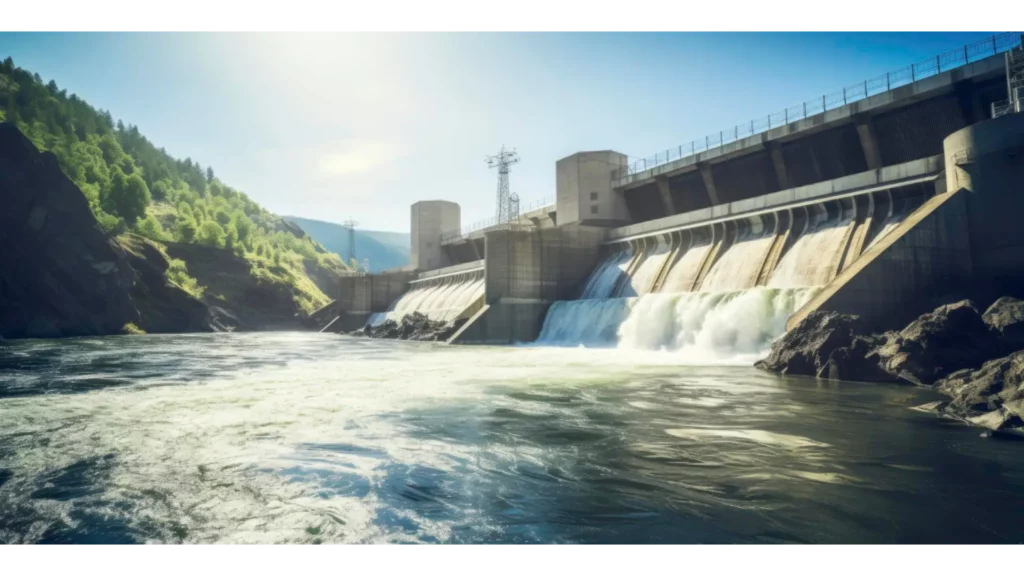
Frequently Asked Questions (FAQs) about Micro Hydro Energy Systems
How much water flow is required for a micro hydro energy system?
The water flow required for a micro hydro energy system depends on various factors such as the head height, turbine efficiency, and energy demand. Generally, a minimum flow rate of around 100 gallons per minute (gpm) is considered suitable for small-scale micro hydro systems. However, the specific flow requirements may vary based on the system's design and intended capacity.
What is the lifespan of a micro hydro energy system?
Micro hydro energy systems are known for their durability and longevity, with a typical lifespan of 50 years or more. Proper maintenance and regular inspection of components can help extend the lifespan of the system, ensuring reliable power generation over many decades.
Can a micro hydro energy system be used in urban areas?
While micro hydro energy systems are often associated with rural or remote locations, they can also be implemented in urban areas under certain conditions. Small rivers, streams, or even municipal water supply networks can potentially serve as suitable sources for micro hydro systems, providing renewable energy solutions for urban communities.
What are the maintenance requirements for a micro hydro energy system?
Regular maintenance is essential to ensure the optimal performance and longevity of a micro hydro energy system. This may include inspecting and cleaning intake structures, turbines, and generators, as well as monitoring the control system for any signs of wear or malfunction. Additionally, periodic checks of transmission lines and electrical connections are necessary to prevent disruptions in power generation.
Are there any incentives or financial assistance available for installing a micro hydro energy system?
In many regions, governments and utilities offer incentives, rebates, or grants to promote the adoption of renewable energy technologies, including micro hydro systems. These incentives may include tax credits, feed-in tariffs, or low-interest loans aimed at reducing the upfront costs of installation and encouraging sustainable energy investments.
What environmental considerations should be taken into account when installing a micro hydro energy system?
Prior to installing a micro hydro energy system, it's crucial to conduct a thorough environmental assessment to minimize potential impacts on aquatic habitats, wildlife, and water quality. Measures such as fish-friendly intake screens, bypass channels for fish migration, and sedimentation control can help mitigate the ecological footprint of the system and ensure its compatibility with local ecosystems.
Can a micro hydro energy system operate during periods of low water flow?
Micro hydro energy systems are designed to operate efficiently across a range of flow conditions, including periods of low water flow. By incorporating features such as adjustable turbine blades, flow control mechanisms, and storage reservoirs, micro hydro systems can adapt to fluctuating water levels and maintain consistent power generation throughout the year.
Is it possible to connect a micro hydro energy system to the electrical grid?
Yes, micro hydro energy systems can be connected to the electrical grid to supply excess electricity generated to the utility company or local community. Grid-connected micro hydro systems may require additional equipment such as inverters, meters, and protective devices to ensure seamless integration with the existing grid infrastructure and comply with safety regulations.
Stepping Back to Reflect
As I reflect on the transformative potential of micro hydro energy systems, I'm struck by their ability to weave together innovation, sustainability, and community empowerment.
They represent more than just a means of generating electricity; they embody a profound connection to nature and a commitment to shaping a better future. Harnessing the power of water resonates deeply with me, reminding me of our responsibility to protect the environment and foster resilience in the face of climate change.
As we advocate for the widespread adoption of micro hydro systems, we're not just investing in renewable energy; we're investing in a vision of a cleaner, more equitable world where every drop of water carries the promise of a brighter tomorrow.

